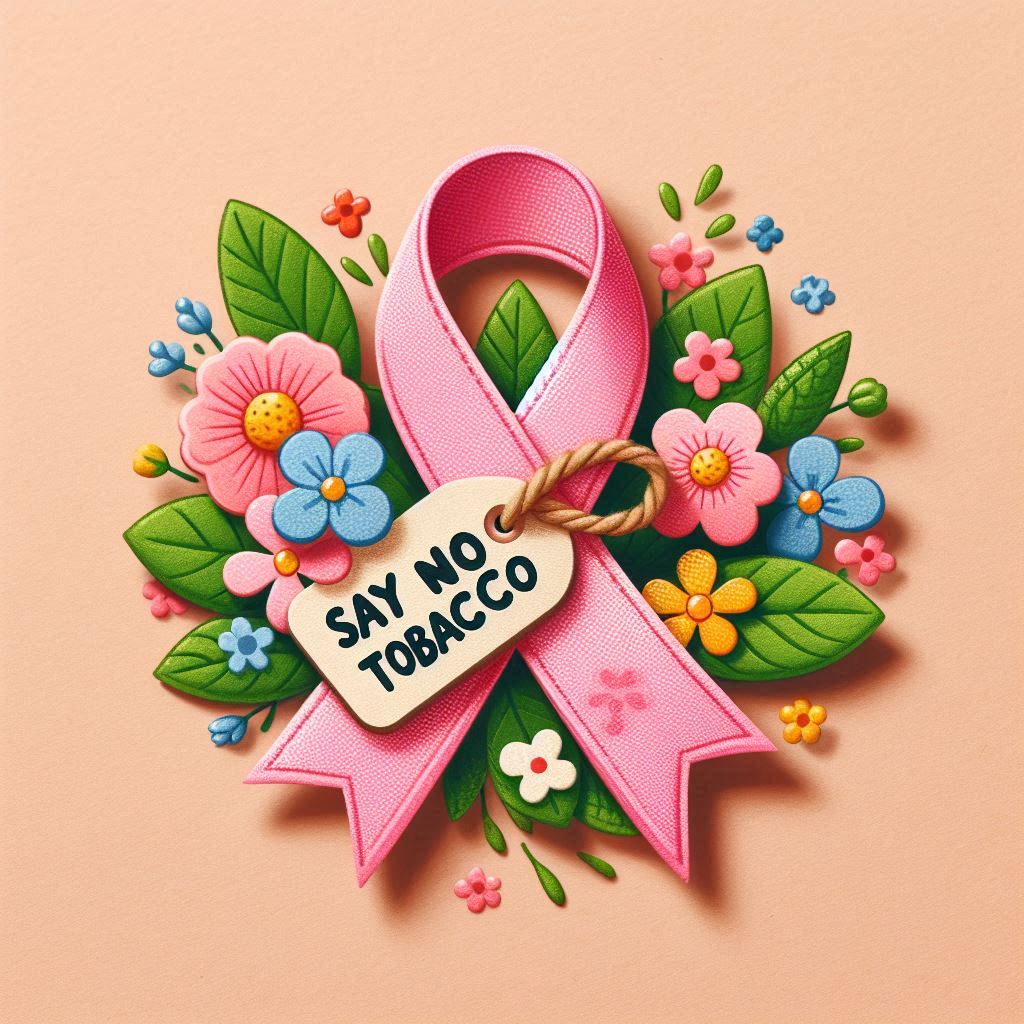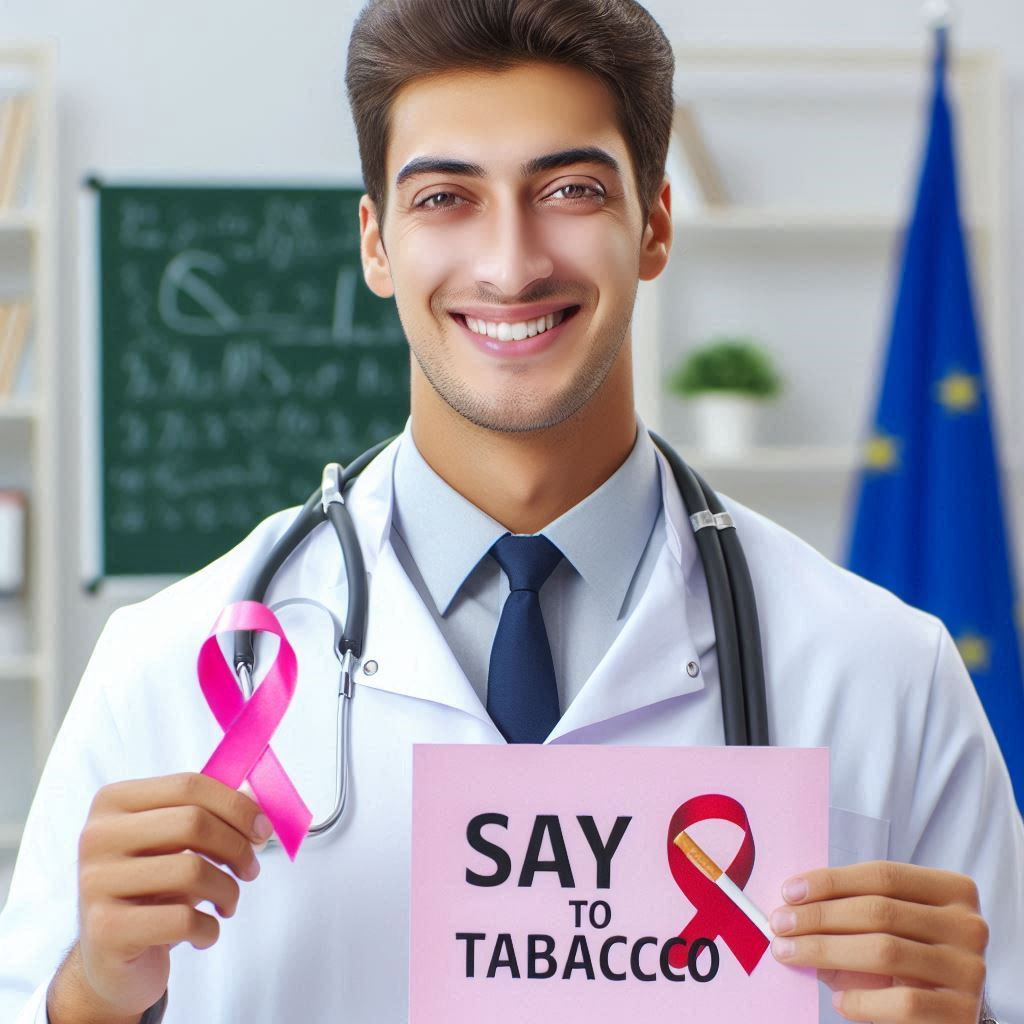
Say No to Tobacco: Empowering Change on World No Tobacco Day!

Every year on May 31st, World No Tobacco Day serves as a powerful reminder of the profound impact that tobacco use has on global health. Established by the World Health Organization (WHO), this day aims to raise awareness about the dangers of tobacco consumption and encourage people to quit smoking or using tobacco products altogether. As we observe this significant occasion, it’s essential to delve into the various aspects of tobacco use, its effects on health and society, and the ways we can empower change in our communities.
The Impact of Tobacco on Health
Tobacco continues to be one of the primary causes of preventable diseases and deaths globally. According to the WHO, tobacco kills more than 8 million people each year, with approximately 1.2 million of those deaths resulting from secondhand smoke exposure. Tobacco use is linked to a myriad of health issues, including:
- Respiratory Diseases: Smoking damages lung tissue and leads to conditions like chronic obstructive pulmonary disease (COPD) and emphysema. It also exacerbates asthma and increases the risk of respiratory infections.
- Cardiovascular Problems: Tobacco consumption contributes to heart disease, stroke, and high blood pressure by causing the arteries to narrow and harden.
- Cancer: Tobacco use is a major risk factor for various cancers, including lung, throat, mouth, esophagus, and bladder cancer. In fact, smoking is responsible for approximately 85% of lung cancer cases.
- Reduced Immune Function: Smokers are more susceptible to infections and have a weaker immune system, making it harder for their bodies to fight off illnesses.
Beyond physical health, tobacco use can also affect mental health. Studies have shown that smoking can lead to increased anxiety and depression, creating a vicious cycle that is difficult to escape.
The Societal Cost of Tobacco Use
The ramifications of tobacco consumption extend beyond individual health. The economic burden of tobacco is staggering, with healthcare costs and lost productivity related to smoking-related illnesses running into billions of dollars each year. The World Bank estimates that tobacco costs the global economy more than $1 trillion annually.
Moreover, tobacco use perpetuates social inequality. Marginalized populations are often more likely to smoke due to various factors, including targeted marketing by tobacco companies, limited access to cessation resources, and socioeconomic challenges. Addressing these disparities is crucial in the fight against tobacco use.

Empowering Change: How We Can Make a Positive Impact
- Education and Awareness: One of the most effective ways to combat tobacco use is through education. Public health campaigns that highlight the dangers of smoking and secondhand smoke can help shift societal attitudes. Schools, workplaces, and communities should incorporate tobacco prevention programs to reach individuals of all ages.
- Support for Cessation Programs: Access to cessation resources is vital for individuals looking to quit smoking. Governments and healthcare providers must invest in programs that offer counseling, support groups, and medications designed to help people overcome their addiction to tobacco.
- Legislation and Policy Changes: Implementing stricter regulations on tobacco sales, marketing, and usage is essential. This includes raising taxes on tobacco products, banning smoking in public places, and restricting advertising aimed at young people. By making tobacco less accessible and appealing, we can reduce its prevalence in our communities.
- Creating Smoke-Free Environments: Establishing smoke-free zones in public areas not only protects non-smokers from secondhand smoke but also encourages smokers to reconsider their habits. Communities should advocate for the creation of smoke-free parks, restaurants, and workplaces.
- Promoting Healthy Lifestyles: Encouraging healthy lifestyle choices can provide individuals with alternatives to tobacco use. Activities such as exercise, yoga, and mindfulness practices can help manage stress and reduce the desire to smoke.
- Engaging Young People: It is crucial to engage the younger generation in the fight against tobacco. Programs that educate youth about the risks associated with tobacco use and empower them to advocate for change can create a ripple effect in society. Peer support groups and youth-led campaigns can effectively spread awareness and foster a sense of responsibility.
Celebrating Success Stories
Across the globe, there are numerous success stories of individuals and communities that have made significant strides in reducing tobacco use. Celebrating these accomplishments can motivate others to take action. For instance, countries like Australia and Canada have implemented comprehensive tobacco control policies and seen dramatic declines in smoking rates. Highlighting such victories can motivate more people to join the movement against tobacco.
Conclusion
World No Tobacco Day serves as a vital opportunity to reflect on the devastating effects of tobacco and to inspire action towards a healthier future. By educating ourselves and our communities, advocating for effective policies, and supporting individuals on their journey to quit, we can empower change and work towards a world where tobacco is no longer a threat to public health. Let us come together to say no to tobacco and embrace a healthier lifestyle for ourselves and future generations.










